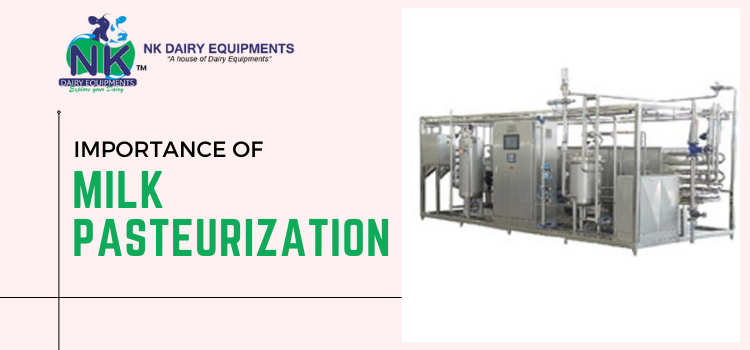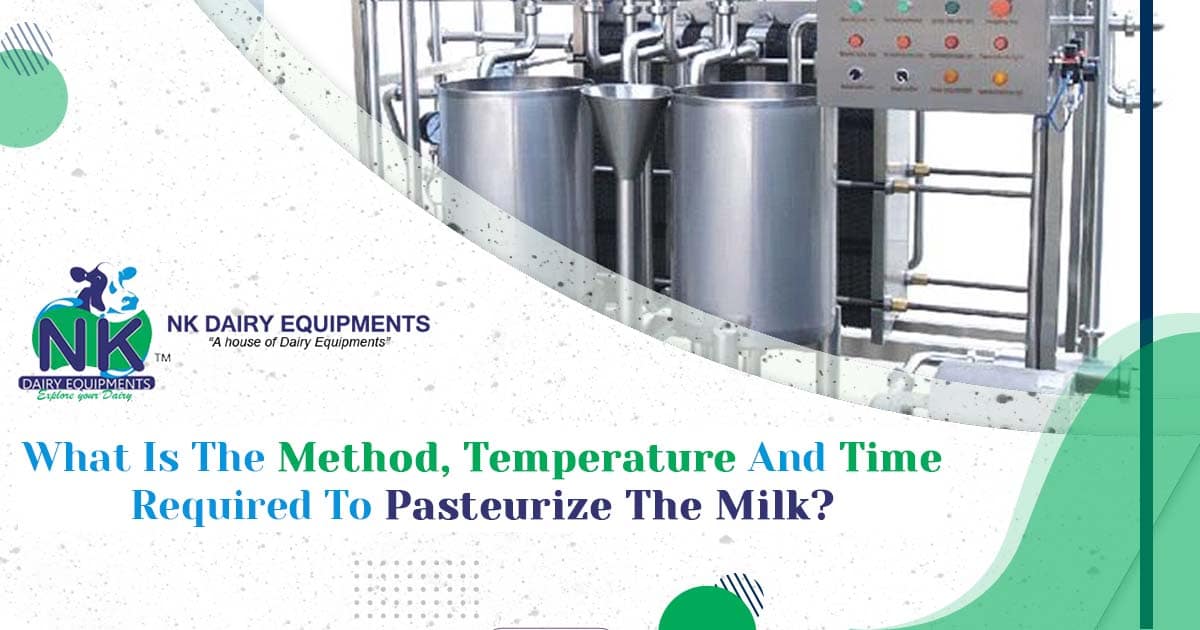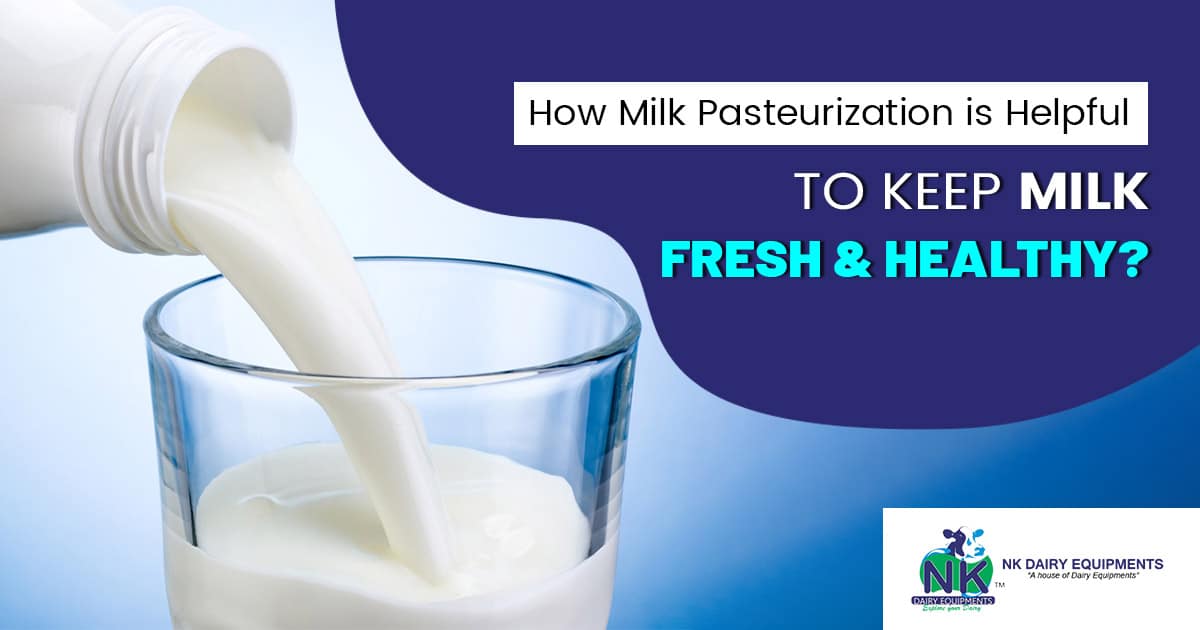As we know, milk contains three kinds of fundamental ingredients: Milk, Sugar, Vitamins and Proteins. The milk which has been obtained directly from the udder of the cow is bacteria-free and is fit for drinking. But no sooner it comes in contact with the milking vessels and the human hands, it starts observing the presence of the health-deteriorating bacteria. Then such kind of milk is not fit for drinking. The bacteria need to be eliminated. But how to do that?
It can be done with the help of pasteurization.
A Break Please!
NK Dairy Equipment provides all kinds of dairy equipment. No matter whether you want it for the ghee plant or the milk processing plant, we have everything for every dairy-concerned business like:
-
Milk Heating Systems
-
Milk Cooling Systems
-
Ghee Making Machine
What is Pasteurization?
Pasteurization is a heat treatment. It is not particularly beneficial for killing the harmful germs and bacteria present in the milk. But it is also effective as far as the following are concerned:
-
Water
-
Packaged Foods
-
Non-Packaged Foods
Within how many steps does the milk pasteurization machine accomplish the pasteurization?
The machine manufacturers design its mechanism after getting it divided into 4 simple steps which are as follow:
-
Regenerative Heating
-
Cream Separation / Standardization and Homogenization
-
Regenerative Cooling
-
Hygienic Packaging
Does the pasteurization process have the potential to kill the harmful pathogens from the milk?
Pasteurization is one of the most effective physical processes that kill the harmful pathogens present in the milk just by carrying out the heating treatment. This treatment is super beneficial as it is the natural way of destroying the health -0deteuoating bacteria which does not use a single bit of the chemicals.
Is pasteurization also known as HTST?
Yes, pasteurization is also known as HTST. High Treatment Short time heat treatment is what is its full form. In this heating treatment, the milk is heated to the highest temperature that is usually 72 to 75 degrees Celsius for about 15 seconds. And then the next steps aim at letting it get cooled within the shortest possible time. The scientists are also of the view that this HTST process is the ideal process of eliminating the bacteria from the milk.
Which are the primary benefits of using HTST Technology?
The benefits of using the HTST technology for killing the germs are as follow:
-
The consistency of the milk gets improved since microorganisms are removed from the raw milk.
-
The following important aspects of the milk gets improved and maintained:
-
Texture
-
Nutrients
-
Original Flavour
-
Great destruction of bacteria at one is possible
-
The temperature can be controlled up to 1 degree celsius
-
The shelf life gets increased
-
The machines which are used for milk pasteurization are highly energy efficient.
-
With this process, it is quite easy to avoid infections.
-
When the strength and the potential of the milk are increased with this process, then immunity is boosted and energy is intensified.






